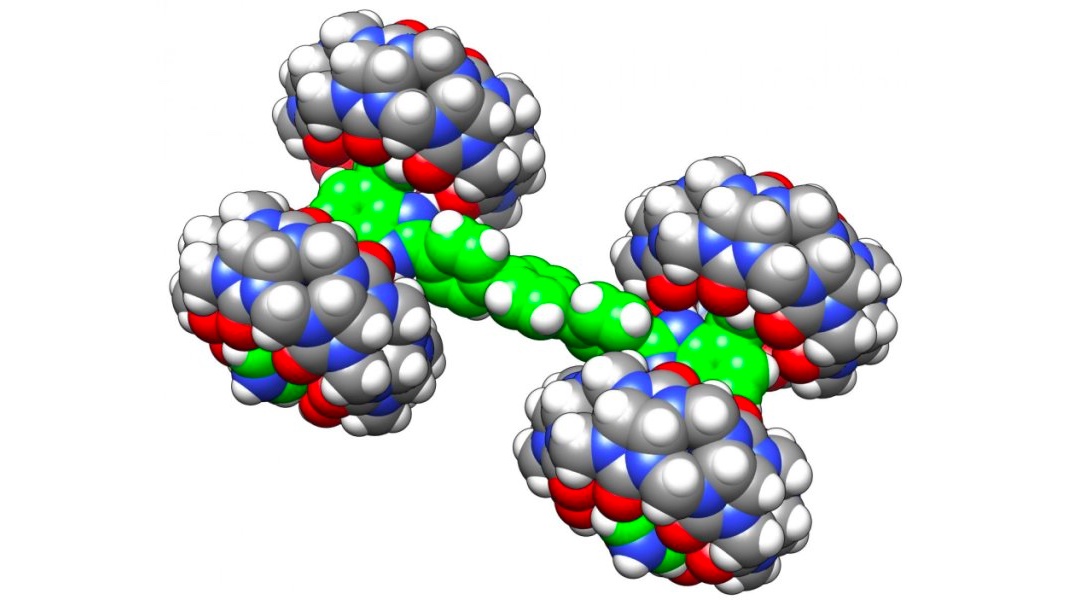A nanoscale monster truck has taken the bronze medal in the world's shortest race
Running on gold and silver tracks

A monster truck that's so small that it can't be seen with the naked eye has taken third place in a gruelling 30-hour race across a distance a fraction of the width of a human hair.
The race, which took place in April 2017 at the French National Centre for Scientific Research in Toulouse, was the first of its kind. It was designed to challenge engineers to create 'nanocars' just a few molecules in size, as well as getting the public excited in nanotechnology.
Now, however, the creators of the third place finisher - officially named the Bobcat Nanowagon - have been talking about how their vehicle worked at the 254th National Meeting and Exposition of the American Chemical Society.
Oversized Wheels
It had a frame made of psuedorotaxane, the team from Ohio University said, and four large cucurbituril molecules for the wheels, which led to it being dubbed a monster truck despite measuring just 3.5 nanometres in length.
Unlike regular-sized cars, it had no motor. So it was propelled along the course, which was made of gold and silver, but a special instrument. "We incorporated positive charge receptors in the car," said Saw-Wai Hla, who co-led the team that built the vehicle alongside Eric Masson.
"So if we injected a positive charge in the STM tip pointed at the car, there would be repulsion, and the car would move. We found it worked very well."
Half the world away
Even more impressively, they did it from the other side of the world. The lab only had four machines for propelling cars and there were six entrants, so the Ohio team drove it remotely.
Sign up for breaking news, reviews, opinion, top tech deals, and more.
"My understanding is that this was a first," Hla says. "We manipulated the car at the atomic scale from half a globe away."
Unfortunately their truck got stuck about 43nm into the race, which was jointly won by Swiss team and a US-Austrian team. So the Ohio team took home a bronze medal, after making it substantially further than any of the other cars that didn't finish.
“Our nanocar was able to move as expected, and we learned quite a lot,” Hla said.
"Every team had its own goal," added Masson. "Ours was to see if we could deposit an intact supramolecular assembly onto a surface, and control its motion."
